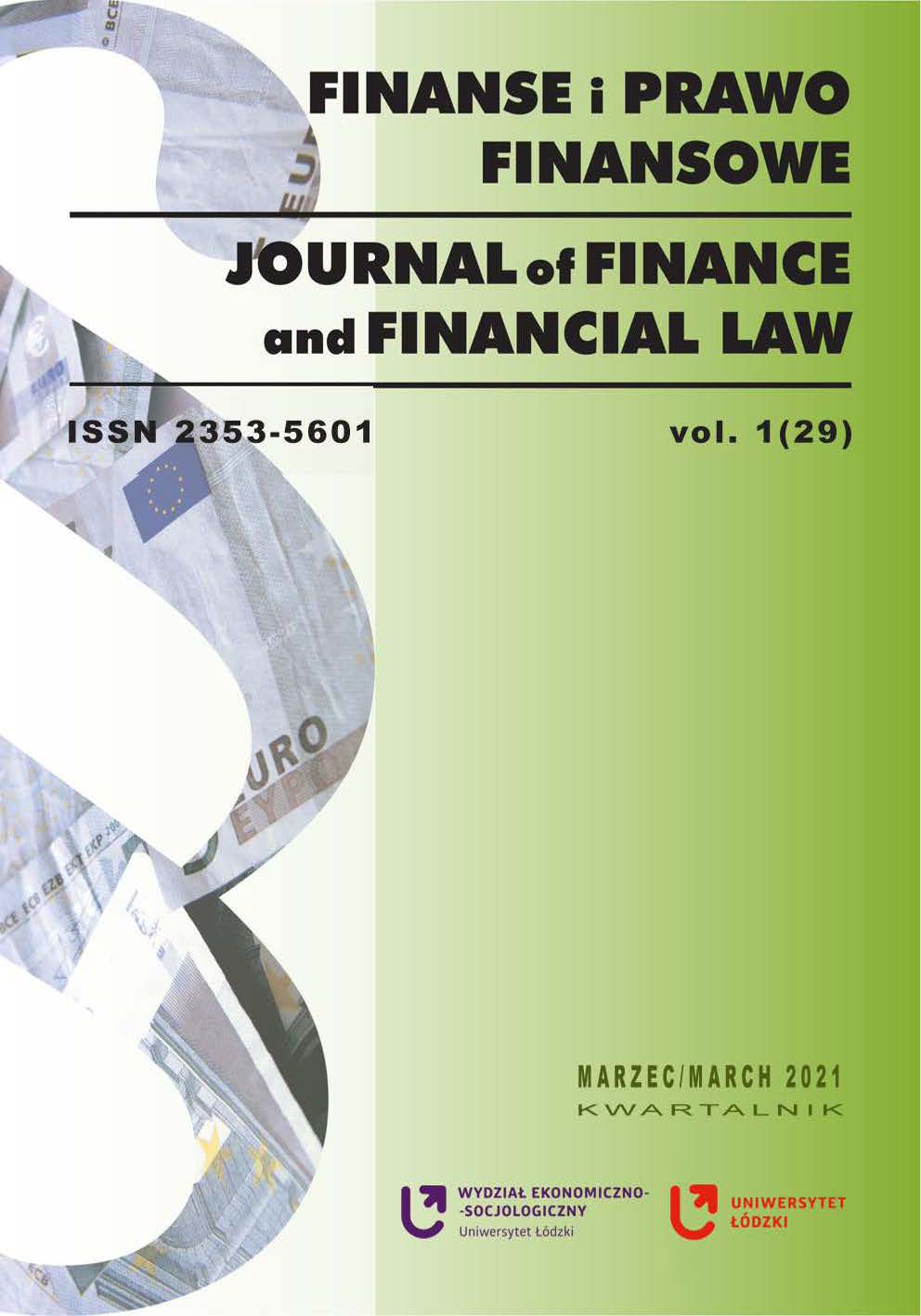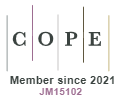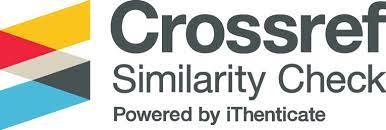Empirical Verification of the Occurrence of Lucas Paradox in the Region of Central – Eastern Europe
DOI:
https://doi.org/10.18778/2391-6478.1.29.01Keywords:
International Economics, International Capital Flows, International Investment, Long-Term Capital Movements, Foreign Direct InvestmentAbstract
The purpose of this article is to study the occurrence of the Lucas paradox in the region of Central-Eastern Europe. According to the research conducted by Robert Lucas (1990), the direction of the international capital flows is different than the neoclassical theory suggests. The capital does not flow from the richer, high-income economies to the poorer, but rather stays in those with the higher capital resources or flows to the other ones with similar level of GDP. The paper verifies whether the paradox appears in the region, in the way that it examines the impact of the GDP on the FDI inflows. Additionally, the study implements few basic models with factors that may potentially resolve the puzzle of the capital flows. The study method is based on panel data estimations, initially using pooled OLS, and subsequently using fixed or random effects models as appropriate. The examined economies are the member states of the European Union, from the region of Central-Eastern Europe, and the examined years are 2000-2018. Based on the literature, and the widely emphasized need for differentiating between the types of international capital flows, the article focus is on the foreign direct investment only, as they constitute large part of the whole global capital flows. Results of the research confirm the presence of the paradox in the region in the examined period. Even though the estimation of the additional models helps to remove the effects of the paradox for the region, it does not fully explain under which circumstances the neoclassical theory would be applicable. None of the applied models reverses the sign of the GDP variable to negative, keeping it statistically significant at the same time.
Downloads
References
Akhtaruzzaman, M., Hajzler, C. and Owen, P.D. (2016). Does institutional quality resolve the Lucas Paradox? University of Otago Economics Discussion Papers, 1611, pp. 1–37, https://ourarchive.otago.ac.nz/bitstream/handle/10523/7026/DP_1611.pdf?sequence=1&isAllowed=y [Accessed 23.02.2021].
Google Scholar
Alfaro, L., Kalemli-Ozcan, S. and Volosovych, V. (2005). Why doesn’t capital flow from rich to poor countries? An empirical investigation. NBER Working Paper Series, 11901, pp. 1–67, https://www.nber.org/papers/w11901.pdf [Accessed 23.02.2021].
Google Scholar
DOI: https://doi.org/10.3386/w11901
Hausmann, R. and Fernandez-Arias, E. (2000), Foreign Direct Investment: Good Cholesterol? Inter-American Development Bank, Working Papers, 417, pp. 1–46, https://www.econstor.eu/bitstream/10419/87989/1/idb-wp_417.pdf [Accessed 23.02.2021].
Google Scholar
Keskinsoy, B. (2017), Lucas paradox in The Long Run. MPRA Working Papers, 78126, pp. 1–24, https://mpra.ub.uni-muenchen.de/78126/1/MPRA_paper_78126.pdf [Accessed 23.02.2021].
Google Scholar
Kinda, T. (2010), Increasing private capital flows to developing countries: The role of physical and financial infrastructure in 58 countries, 1970–2003. Applied Econometrics and International Development, 10-2, pp. 57–72, https://www.usc.gal/economet/reviews/aeid1025.pdf [Accessed 23.02.2021].
Google Scholar
Lucas, R. E., (1990). Why doesn’t capital flow from rich to poor countries? American Economic Review, 80(2), pp. 92–96, https://www.fep.up.pt/docentes/pcosme/s-e-1/13-AER-80-2.pdf [Accessed 23.02.2021].
Google Scholar
Schularick, M., and Steger, T.M. (2008), The Lucas Paradox and the quality of institutions: Then and now. Diskussionsbeitrage, 2008/3, pp. 1–14, https://www.econstor.eu/bitstream/10419/28069/1/56007509X.PDF [Accessed 23.02.2021].
Google Scholar
UNCTAD, (2020). Foreign direct investment: Inward and outward flows and stock, annual, https://unctadstat.unctad.org/wds/ReportFolders/reportFolders.aspx [Accessed 30.01.2020].
Google Scholar
van Wijnbergen, S., and Franken, C. (2010), Private Capital Flows to Low Income Countries: Country-Specific Effects and the Lucas Paradox. Tinbergen Institute Discussion Paper, 10-003/2, pp. 1–41, https://www.econstor.eu/bitstream/10419/86853/1/10-003.pdf [Accessed 23.02.2021].
Google Scholar
World Bank, (2020a). World Development Indicators: GDP per capita, https://databank.worldbank.org/reports.aspx?source=2&series=NY.GDP.PCAP.CD&country= [Accessed 31.01.2020].
Google Scholar
World Bank, (2020b). Worldwide Governance Indicators: Institutional Quality, Regulatory Quality: Percentile Rank, https://databank.worldbank.org/Institutional-Quality/id/98e680fc [Accessed 31.01.2020].
Google Scholar
World Bank, (2020c). World Development Indicators: Trade (% of GDP), https://databank.worldbank.org/reports.aspx?source=2&series=NE.TRD.GNFS.ZS&country= [Accessed 31.01.2020].
Google Scholar
World Bank, (2020d). Worldwide Governance Indicators: Institutional Quality, Government Effectiveness: Percentile Rank, January 31, 2020, https://databank.worldbank.org/Institutional-Quality/id/98e680fc [Accessed 31.01.2020].
Google Scholar
World Bank, (2021). World Development Indicators: Labor force with advanced education, https://databank.worldbank.org/reports.aspx?source=2&series=SE.XPD.TOTL.GD.ZS&country=# [Accessed 21.02.2021].
Google Scholar
Downloads
Published
How to Cite
Issue
Section
License

This work is licensed under a Creative Commons Attribution-NonCommercial-NoDerivatives 4.0 International License.














